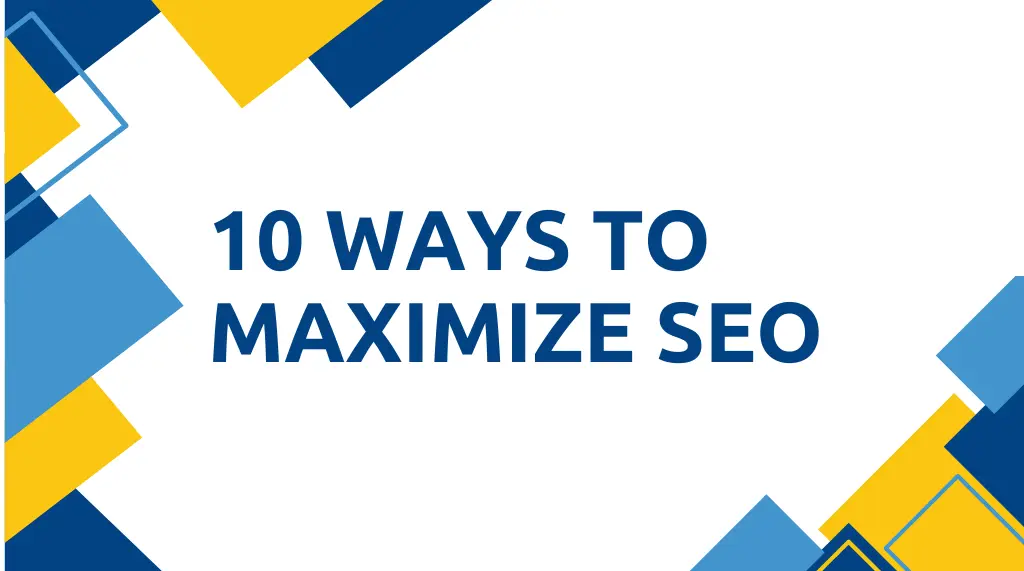In the competitive landscape of e-commerce, having a robust SEO strategy is essential for driving organic traffic and increasing revenue. Here are ten actionable tips tailored for Shopify store owners that can significantly enhance your online visibility without the need for costly agency fees.
1. Prioritize Technical SEO
The foundation of any effective SEO strategy begins with technical SEO. Spend a few hours ensuring that your site is free from broken links, optimizing your robots.txt file for proper crawling, and compressing images to improve load times. Eliminating unnecessary code from uninstalled apps can also speed up your site. Establish a routine for checking your site’s technical health using tools like Google Search Console to catch and resolve issues early.
2. Conduct Thorough Keyword Research
Keyword research may seem tedious, but it is crucial for your growth strategy. Identify high-search-volume keywords with low competition and map them out for each of your product and collection pages. For example, if your Shopify store specializes in skincare supplements, ensure that your homepage focuses on “skincare supplements,” your collection page targets “Vitamin D supplements,” and individual product pages highlight specific products, like “Vitamin D supplement pills.”
3. Implement Keywords Effectively
Once you have identified your keywords, it’s time to implement them strategically. Incorporate your primary keywords into critical areas such as the page title, URL slug, meta title, meta description, image alt text, and throughout the content itself. For blog posts, you can naturally include keywords more frequently, ensuring that they flow well within the context of your content.
4. Build Topical Authority Through Blogging
Establishing topical authority is vital for SEO success. Create blog content that supports every collection or product you offer. This not only drives traffic but also demonstrates your expertise to both users and search engines. By covering topics relevant to your products, you’ll enhance your credibility, improving your ranking potential. Focus on middle-of-the-funnel keywords initially to capture more immediate sales, then expand to broader topics as your traffic grows.
5. Create Internal Links
Don’t overlook the power of internal linking between your blogs. If your blog posts are not interlinked, they may become orphan pages, leading to missed traffic opportunities. Aim to create at least three to five internal links per post, linking to related articles within the same topic cluster. This will improve the discoverability of your content and encourage users to explore more of your site.
6. Regularly Update Your Pages
To maintain and improve your rankings, keep your pages fresh and up-to-date. This can be done every couple of months by adding new content, internal links, or revising the meta title and descriptions. Small updates can make a significant difference in how search engines perceive your content’s relevance and quality.
7. Build Backlinks Consistently
Backlinks remain a cornerstone of effective SEO. Aim to acquire three to five quality backlinks each month. These links will enhance the authority of your content, improving the ranking of your product and collection pages. As you establish your Shopify store, focus on creating valuable content that others want to link to and consider outreach strategies to gain links from relevant sites.
8. Leverage Blog Traffic Strategically
Blog traffic may not convert as quickly as product pages, but it is invaluable for nurturing potential customers. Set up email and SMS opt-ins on your blog to capture visitor information, allowing you to re-engage them later. Additionally, use remarketing ads to keep your brand visible to visitors long after they’ve left your site. This multi-faceted approach can turn casual readers into loyal customers over time.
9. Analyze Competitors
Creating content that discusses your competitors can be a smart SEO tactic. As consumers research their options, provide informative comparisons that highlight your unique selling propositions without disparaging your rivals. This will not only establish your brand as a credible source but also help capture traffic from users comparing their choices.
10. Understand SEO Requires Patience
Finally, it’s essential to recognize that while SEO can yield fast results, it is not an instant solution. Focus on implementing these strategies consistently over a minimum of three months before reassessing your approach. You may experience fluctuations in rankings, but maintaining your efforts will lead to long-term success.
Incorporating these ten tips into your Shopify SEO strategy can dramatically increase your organic traffic and sales. By taking a proactive approach to SEO, you can not only save money but also position your store for sustained growth in the competitive e-commerce landscape. To start optimizing your Shopify store today, consider signing up for Shopify and implementing these best practices.




